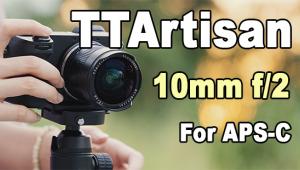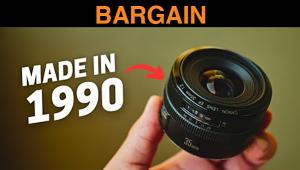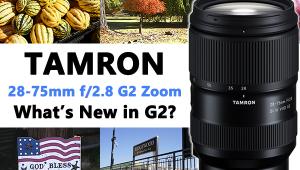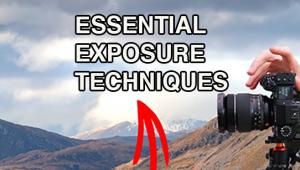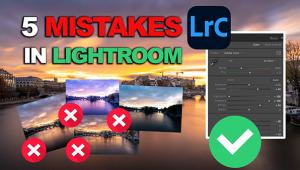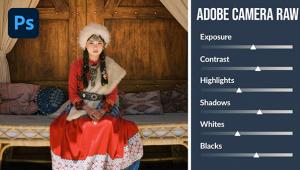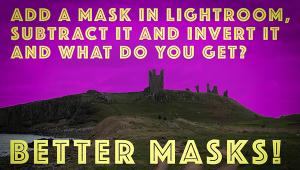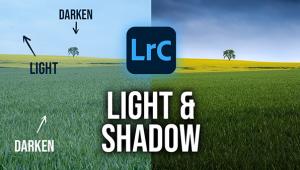After The Kit Lens; Tips On Expanding Your Optical Options
Now that you've mastered the standard zoom lens that came with your D-SLR, you have to be asking yourself "what's next?" You bought a D-SLR instead of a compact camera so that you could change lenses. The question is: which lens to buy first? The answer is easy, but it all depends on what kind of pictures you like to take.
 |
|
|
|
 |
|
|
|
 |
|
|
Fast, Inexpensive, And A Prime Portrait Lens
Back in the late 1970s and early '80s nearly every SLR camera was sold with a 50mm lens. That focal length is considered "normal" for 35mm film cameras because it's roughly equal to the diagonal measurement of the film frame (the actual dimension is closer to 43mm). The lens is compact, has a large aperture, and sees the world in about the same perspective as the human eye. It's also comparatively inexpensive--around $80 (street) for a 50mm f/1.8.
On a D-SLR, a 50mm lens becomes the equivalent of an 80mm lens (75mm in the case of Nikon) because the CMOS or CCD sensor is smaller than one frame of 35mm film. The sensor is generally the same size as one frame of APS film. Although the effective focal length increases, the f/stop stays the same, so the result is equal to an 80mm f/1.8 lens--the perfect lens for portraits. The focal length provides ideal perspective and the large aperture allows you to keep the depth of field small so as to isolate the subject and separate it from the out-of-focus background, a traditional portrait technique.
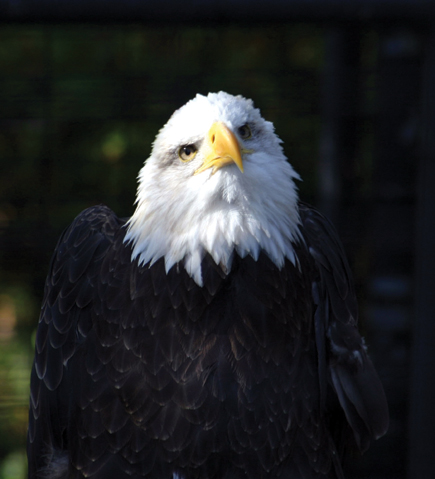 |
|
|
The Kitchen Sink
If it's all-in-one versatility you're after, consider an 18-200mm zoom. Tamron offers a relatively compact (3.3") version that's available for less than $400. On a Canon D-SLR it becomes the equivalent of a 28-320mm zoom. There are, however, a couple of caveats. First, the aperture changes as you extend the zoom. At 18mm the lens is an f/3.5 but at 200mm it becomes an f/6.3. Second, you'll need a tripod or a very steady hand to shoot at shutter speeds slower than 1/500 sec when you zoom all the way out--but that's true about any 320mm lens, not just this one.
On the other hand, the Tamron 18-200mm zoom is incredibly sharp. It's convenient to have an 11x zoom in a small, easy-to-carry package. And if that's not enough for you, Tamron also offers an 18-250mm zoom (nearly 14x) for around $100 more.
 |
|
|
|
 |
|
|
|
 |
|
|
The Classic 3x/4x Zoom
Telephoto zoom lenses in the 80-200mm or 70-210mm range started becoming popular about 30 years ago. Purists objected that they were not as sharp as fixed focal length lenses, but no one could complain about their convenience. Nowadays, computer-designed zoom lenses are just as sharp as their non-zoom brethren. A 3x zoom in this class is still a very good choice, particularly for shooting action sports and wildlife. If you want a bit more range, go for the 4x 75-300mm zoom.
- Log in or register to post comments
